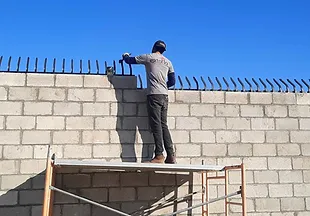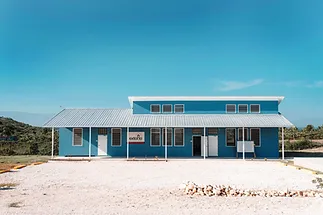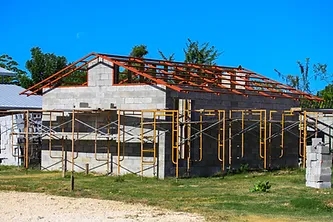International Construction Standards vs. Realities of Haiti
- Renee Janofski
- Jul 11, 2024
- 2 min read
Haiti, a nation tragically familiar with natural disasters, faces a constant challenge: building safe and secure structures. In the wake of earthquakes and hurricanes, international aid often brings construction standards based on best practices in developed countries. But how well do these international standards translate to the Haitian context?
Normative Haitian Construction
The Promise of International Standards:
Safety First: International standards prioritize earthquake and hurricane resistance. Buildings designed with these in mind can significantly reduce casualties and property damage during disasters.
Durability: These standards often mandate stronger materials and construction techniques, leading to buildings that last longer and require less frequent repairs.
Improved Infrastructure: International expertise can introduce better practices for things like sewage systems, electrical grids, and water management, leading to healthier and more functional communities.
Extollo structures built to International standards
Challenges on the Ground:
Cost Concerns: Following international standards can be expensive. Imported materials and specialized labor may not be readily available or affordable for most Haitians.
Local Knowledge Gap: International designs may not consider local factors like climate, available resources, and traditional building techniques. This can lead to structures that are uncomfortable, impractical, or difficult to maintain.
Enforcement Issues: Even with good intentions, enforcing building codes can be challenging in Haiti. Limited government resources and a lack of public awareness can lead to a continuation of unsafe construction practices.
Finding the Right Balance:
There's no easy answer. Haiti clearly needs safer construction, but simply transplanting international standards isn't the solution. After years of working and learning in Haiti, Extollo makes the following approaches:
Hybrid Solutions: Incorporate high-quality, locally available materials and partner with international construction experts while adhering to International Standards.
Capacity Building: Train Haitians in safe building practices and incorporate local knowledge into building, leading to more sustainable and effective solutions.
Community Involvement: Educate communities about the benefits of safe construction and give opportunities to participate in the building process, leading to greater buy-in and long-term success.

Javier, an expat from Nicaragua, brings his education and expertise in concrete inspection to Extollo.
Haiti's path to safer construction requires a collaborative effort. International expertise can play a valuable role, but ultimately, the solutions must be tailored to the Haitian context, resources, and traditions. By working together, Haiti can build a future that meets the highest standards of quality and resilience, while also being truly reflective of Haiti's unique cultural heritage.








Comments